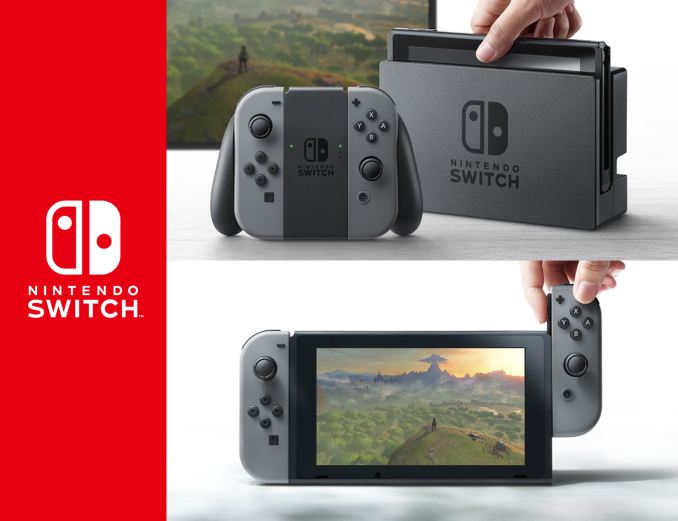I don’t understand why you guys are expecting Series S performance from Drake.
This comes up in thread a lot and it is almost immediately stomped down every time. “You guys” isn’t the “general thread consensus”
-Same-ish node if we get 7+ or 6nm
-Probably smaller die size (Series S was ~200 mm^2)
-Less power consumption (I’m seeing 80w peak for XSS)
-RDNA 2.0 and Ampere had similar rast. performance
-Drake might be halfway between Ampere and Lovelace
ARM efficiency isn’t a magic bullet but I think you are seriously underrating how much more power efficient ARM is than zen 2, probably about 4x clock-for-clock
Zen 2 is an excellent arch however, and Series S will outperform whatever actual clocks Nintend settles on, you are correct
These 3TF docked make no sense top down.
12 SMs = 1536 CUDA cores = 3072 FLOP/cycle
At original docked mode clocks, that’s 2.4 TF in docked mode. Assuming there is a clock upgrade to 1GHz, that’s 3 TF. We’ve run power numbers on Samsung 8nm (because Nvidia has made the Orin power curves available) and 1GHz seems feasible on any of the likely TSMC nodes, at ~Switch TDP
3TF is entirely possible.
Not that TF is everything. The best cash comparison between Series S and Drake and the claim that comes up over and over again is that Drake will enable a class of impossible ports from current gen systems the same way Switch got PS4 era impossible ports.
The existence of DLSS allows ports that are cut down to run at 720p to still achieve 2k+ resolutions at a loss of image quality.
Another sense check: Steam deck is also on TSMC 7 + RDNA 2.0, will likely consume more power than Drake, and hits half of Series S?
Again, 4x power draw on those damn x86 CPUs, and Steam Deck is shelling out for crap loads of CPU capacity. And it hits
less than half of series S in terms of raw TFLOPS.
Also, Steam Deck is like 1.3x Switch in docked mode. The numbers get inflated because you can’t take off the controllers - the 20W draw can’t be compared to the 7W power draw with the Joy-Cons off and the battery charged m.
Steam Deck + DLSS performance is probably the ceiling here.
And that would be great.
This is an apples to oranges comparison. Steam Deck will absolutely clean Drake’s clock in raw CPU perf. Some of the perf will be wasted on the very thick OS layer, but in CPU bound scenarios, SD will win, and I don’t think it’s going to be close.
In handheld mode, if there isn’t a single clock upgrade, Drake will run at 1.4 FLOPS, comparable to the SD’s 1.6, and SD’s GPU isn’t paying the same OS penalty that the CPU is.
In other words I expect handheld mode to be a little shy of SD at considerably better power draw and thermals thanks to simple ARM efficiency, but falling behind in some really cranking CPU situations.
The in docked mode I expect the CPU situation will be the same and they GPU will be able to take advantage of higher power draw. The series S will exceed it in TFLOPs (4 to Drake’s 2.6-3), and will absolutely slay on the CPU level, running at faster clocks and having a smaller (but not Nintendo small) OS.





